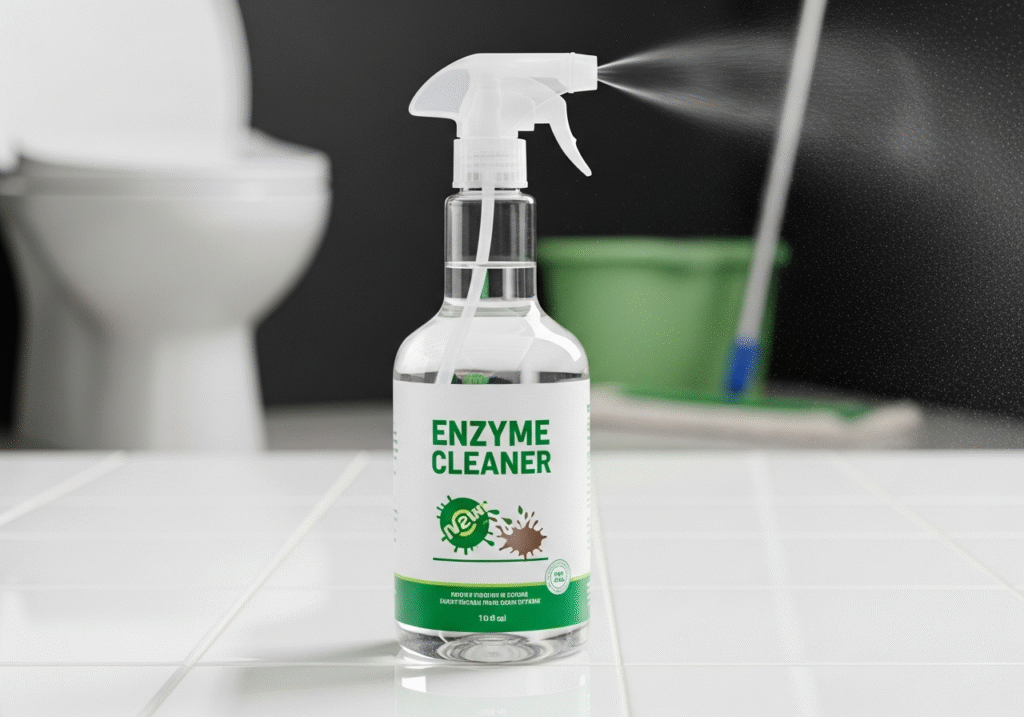Cleaning The Pantry: 5 Expensive Mistakes You Are Making with Pantry Storage
The pantry is the engine room of the kitchen. It is the repository of potential meals, the fuel station for the family, and, all too often, the most chaotic space in the entire home. A disorganized pantry is not merely an aesthetic annoyance; it is a source of daily friction that wastes money, time, and mental energy. When you cannot see what you have, you inevitably buy duplicates, leading to a cycle of waste where expired cans of beans and stale crackers accumulate in the dark corners of deep shelves. Cooking becomes a chore because locating the necessary ingredients requires an excavation process. Furthermore, a cluttered pantry is a haven for pests, from pantry moths to ants, which thrive in the undisturbed debris of open packages. Transforming this space from a graveyard of good intentions into a streamlined, functional asset requires more than just buying a few plastic bins; it requires a systematic approach to inventory management and spatial planning. 1.Evacuation The process of organizing a pantry must begin with a total evacuation. There is no halfway measure here. Attempting to organize shelf by shelf results in simply shuffling the clutter from one side to the other. You must remove every single item—every spice jar, every cereal box, and every bag of flour—and place them on the kitchen table or counters. This reveals the true volume of your inventory and, more importantly, exposes the physical state of the pantry itself. Once the shelves are bare, you will likely find rings of sticky syrup, scattered grains of rice, and layers of dust. This is the moment to perform a deep clean. Vacuum the corners to remove any cobwebs or insect larvae. Wash the shelves with warm soapy water or a vinegar solution to cut through any grease or sticky residues. If you have wire shelving, pay attention to the undersides of the wires where grime collects. The space must be pristine before anything returns to it; you cannot build a system of order on a foundation of dirt. With the inventory exposed on your counters, the auditing phase begins. This is often the most painful part of the process because it forces you to confront waste. You must be ruthless. Check every expiration date. Spices that have been sitting since the last decade have lost their potency and should be discarded. The half-empty bag of stale chips, the hardened brown sugar, and the tea bags you bought on a whim and never drank must go. This purge is essential to create the negative space required for a functional system. If you find unexpired food that you know realistically you will not eat, donate it to a food bank immediately. Do not put it back in the pantry out of guilt; it will simply expire there later. 2.Categorization Once you have reduced the volume of items, the next step is categorization. Think of your pantry like a grocery store. Stores are navigated by zones—baking, breakfast, dinner, snacks, beverages. You must replicate this logic. Group all baking ingredients together: flour, sugar, baking powder, vanilla, chocolate chips. Group the breakfast items: oats, cereal, syrup, pancake mix. Group the dinner staples: pasta, rice, jarred sauces, canned vegetables. By creating these zones, you reduce the cognitive load of cooking. When you are making a cake, you only need to look at the baking zone. You are not hunting for vanilla extract behind a box of crackers. The most controversial but effective step in pantry organization is decanting. This involves removing food from its original commercial packaging and placing it into matching, airtight containers. Many people view this as an unnecessary aesthetic choice, but it is functionally superior for several reasons. First, commercial packaging is designed to sell the product, not to store it efficiently. Boxes are often half-empty, taking up unnecessary space. Bags are difficult to seal, leading to staleness and spills. Second, uniform containers stack and fit together like a puzzle, maximizing every inch of shelf space. Square or rectangular containers are mathematically more efficient than round ones, which leave gaps of “dead space” between them. Third, clear containers provide an instant visual inventory. You can see exactly how much rice or pasta you have left without opening a box, which simplifies grocery shopping. Finally, airtight containers are the only true defense against pantry moths and weevils, which can chew through cardboard and thin plastic. 3.Identification When selecting containers, consistency is key. Investing in a modular system where the lids are interchangeable and the bases stack securely prevents the “avalanche” effect common in messy pantries. For heavy items like flour and sugar, ensure the containers have wide openings so you can scoop directly out of them with a measuring cup. Labeling is non-negotiable. While you might think you can tell the difference between all-purpose flour and bread flour by sight, you will eventually make a mistake. Use a label maker, a chalk marker, or simple masking tape to identify the contents and, crucially, to note the expiration date on the bottom or back of the container. If you have cooking instructions—like the water-to-grain ratio for quinoa—cut that part of the box out and tape it to the back of the container. The architecture of your shelves dictates where items should live. The prime real estate is the area between your waist and your eye level. This is where your high-use items should go—the daily cereals, the dinner staples, and the snacks. Items that are heavy, like bulk bags of rice, cases of water, or large appliances, should go on the floor or the bottom shelf to prevent injury when lifting. Light items, like paper towels or extra napkins, and rarely used items, like the turkey roaster or holiday-specific sprinkles, should go on the highest shelves. If you have young children, place their approved snacks on a low shelf they can reach independently. This empowers them and keeps them from climbing the shelving units. 4.Facilitators Deep pantries present a specific challenge: things get lost in
Cleaning The Pantry: 5 Expensive Mistakes You Are Making with Pantry Storage Read More »









